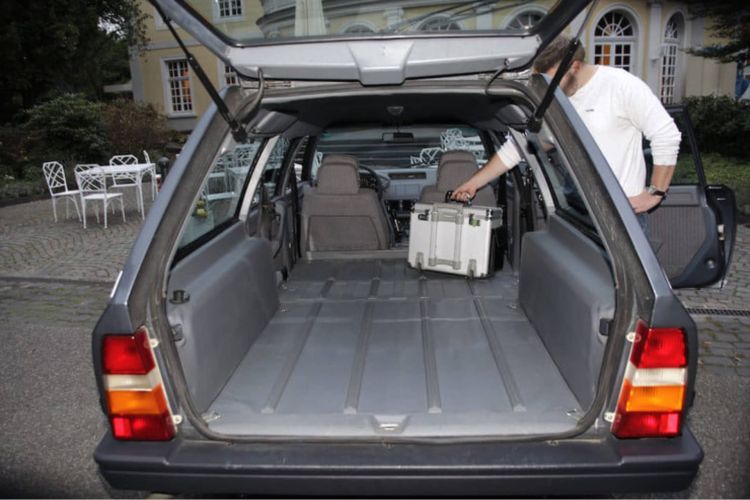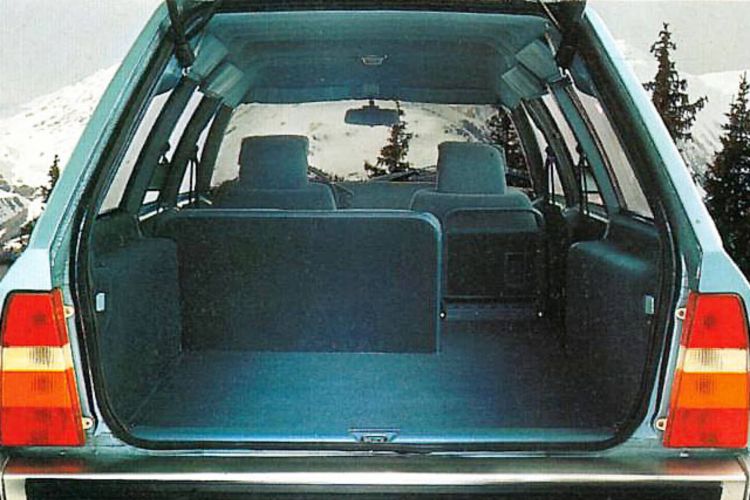Talking about the Citroën CX is talking about one of Citroën’s most iconic sedans: despite going against the grain, it ended up becoming a complete success. Several ramifications arose from the original model in the form of versions: today we focus on the family version, also known as Citroen CX Break. He had a number of amazing qualities… and also a rather picturesque and peculiar record that few noticed.
It was the year 1974 when Citroën presented the model with which it was going to replace the Citroën DS: the Citroën CX. It was the last model designed and manufactured by the French house before, in 1976, it was acquired by Peugeot. to shape the PSA Group. Which is why it keeps intact the brand’s DNA and that spirit that made it different: spectacular (and aerodynamic) bodies, the hydropneumatic suspension system, interiors that looked like a living room, sofa-type seats…
The Citroën CX Break arrives
Precisely, in 1976, the version with the family body came onto the market: the Citroën CX Break. To shape this type of variants, manufacturers normally chose to extend the drop of the roof and the back to increase the capacity of the trunk. Citroën took another path: it increased the wheelbase of its saloon by 25 centimeters to take it to 3,095 meters and lengthened the total length to 4,930 meters. Today these figures are not surprising, but in the 1970s they were not frequent.
This stretch of the Citroën CX Break gave rise to a very spacious interior, which could be configured with two or three rows of seats: Yes, the Citroën CX Break could have room for eight people (including the driver) and offered a trunk with a capacity ranging from 525 liters (eight seats) to 2,172 liters (with all the seats folded down) through 1,163. liters (five places).
The idea of Citroën engineers
However, the picturesque record of the Citroën CX Break has nothing to do with its number of seats or its trunk. It wasn’t the fastest, the biggest, or the quietest either. It was the car with the most interior sunshades. Most cars have two at the front: one for the driver and one for the passenger. The estate version of the Citroën CX had six.
Based on these two possible configurations of five and eight seats, the Citroën engineers opted for one of those crazy ideas that, at that time, reached production without much problem. So things, They decided that all the passengers in that sedan had to have the possibility of blocking the sun’s rays and as a result, each window has its own sunshades. All except the rear window, of course.
Images: Classic Automobiles / Car File


